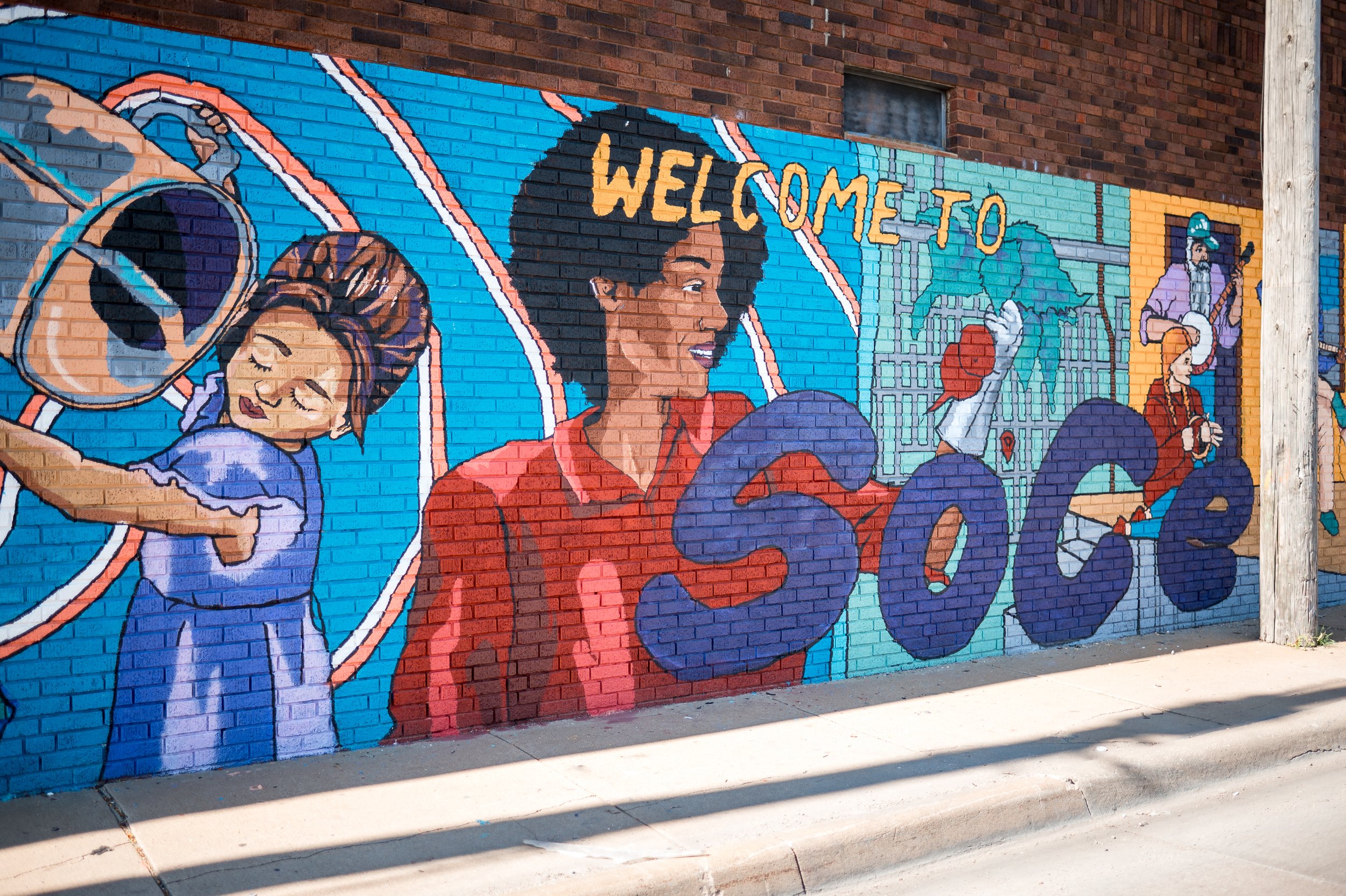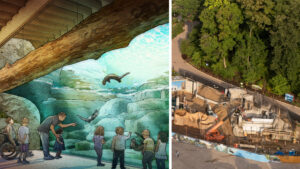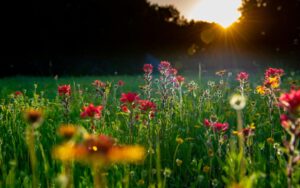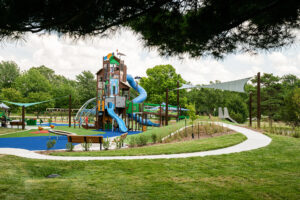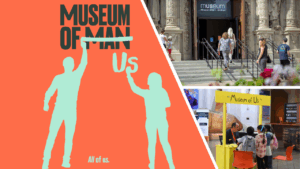Do we REALLY know our neighbors? The Neighboring Movement believes that we can create lasting change in the world and increase quality of life for individuals, communities, and beyond through an asset-based approach to neighboring. Thank you to Catherine Johnson, Neighborhood Animator and Co-Founder of the Neighboring Movement, and Kristopher, Program Assistant, for engaging in this provocative conversation around strategies for fostering connection, building trust, and growing stronger communities from a place of abundance.
Key Takeaways
Let the Gifts Fill the Gaps
Asset-Based Community Development (ABCD) encourages a shift in mindset from identifying problems and needs to recognizing and mobilizing assets, building on existing strengths and resources within a community. In our conversation, Catherine of The Neighboring Movement shared a stark example of this in action – a Community Animator in their Community Animator Network observed children in their neighborhood without warm winter coats. Instead of organizing a coat drive (needs-based), they engaged in learning conversations and found that the neighborhood was rich in talented parents with no market for selling their goods or services. Having fostered neighborhood relationships, this Community Animator activated their network to host markets and make connections that provided families with a sustained source of income, building pride in those families of their contributions and a sense of agency in the provision of winter coats and more for their own children.
At an organizational level, The Neighboring Movement infuses ABCD into The Good Neighbor Experiment, a 19-week cohort designed to give churches practical resources to connect with their communities and to move from inauthenticity to joy, draining program management to relationships, and scarcity to abundance. As kristopher shared, churches regularly see themselves as program providers addressing needs in their community; what are the issues, and what does the church need to do to mitigate them? The Good Neighbor Experiment presents an alternative; what are the gifts of the community, and how can the church use its relationships and resources to form connections that will fill the gaps? It’s an interesting parallel to the programmatic approach of many zoos and aquariums to community development across the spectrum of education, conservation, and staff.
Make Your Own Definition of Neighborhood.
Without definition, the term “neighborhood,” like “community,” is subjective. And while geographic and administrative legal definitions of “neighborhoods” exist, they rarely capture the cultural and social aspects that define a community, such as shared values, traditions, identity, and assets. These legal definitions can also encompass expansive areas and populations and are rarely responsive to the changing nature of communities.
Catherine and Kristopher noted that in The Neighboring Movement’s Community Animator Network, Community Animators start with a geographical “8 Front Doors Challenge” but are empowered to define their own neighborhood according to those cultural and social aspects. Key, though, is the idea of starting small and nurturing authentic connections that will ripple out and grow.
For many of us, the term “neighborhood” conjures images of residences in an urban or suburban environment. Alternatively, Kristopher and Catherine shared that their dispersed network of Community Animators has become an identity-based “neighborhood” of its own, using asset-based theory to embrace and exchange the gifts of its individuals, strengthening their shared community development work.
This reinforces the idea that, be it a village in a conservation-target area, the staff at your zoo or in your team, the area surrounding your aquarium, a network of activists, or a collaborative of local organizations, approaching community development from a place of abundance, and recognizing the value of each person or organization’s contribution, can lead to more resilient and sustainable strategies and communities.
Build Trust Through Finding Excuses to be Present.
Trust is foundational and essential to any healthy relationship; community relationships are no different. The Neighboring Movement trains their cohorts to start with the “eight front doors” closest to them, but that doesn’t mean knocking on those doors with a plate of cookies and a clipboard (though, who doesn’t love a cookie?). Instead, Neighborhood Animators begin by finding excuses to be present in their neighborhood. The Neighboring Movement calls these the “Third Things,” which are defined as things that contribute to our identity away from family (our first thing) and work (our second thing). This might be coffee in your driveway, a garden in the front yard instead of the back, taking your dog for a slow sniffari walk, and starting with a wave that eventually leads to a conversation. Those guys with lawn chairs in their open garages might be onto something…
However you define “neighborhood”, find authentic excuses to be present. If it’s your team, bring donuts in on a Saturday, go to that fundraising event hosted by AAZK, join the staff in the break room for lunch, or read your morning emails with a coffee on a bench in the zoo. If it’s a particular city or school district, send staff to spend a morning at a neighborhood food pantry, work with a local gardening club to beautify planters on Main Street, or participate in parades and festivals without being solicited.
Zoos and aquariums have long been fixtures in their communities, and traditionally, community development strategies have often started with activities like organizing listening sessions, conducting surveys, or hosting cultural celebrations. Though these initiatives may extend an invitation, this approach still relies on individuals, organizations, and communities choosing to engage. Those with established trust in their local zoo or aquarium may readily participate, but underrepresented voices may need foundational trust-forming opportunities before doing so.
Learn by Listening.
Learning Conversations are a core component of The Neighboring Movement’s ABCD toolkit, and the language is deliberate. In contrast to more passive and one-way “listening sessions”, Learning Conversations are purposeful dialogues designed to discover the unique gifts and passions of community members. While some may say it’s just semantics, “learning” implies action beyond “listening”, an open mind, and a deeper commitment from the conversation’s initiator.
